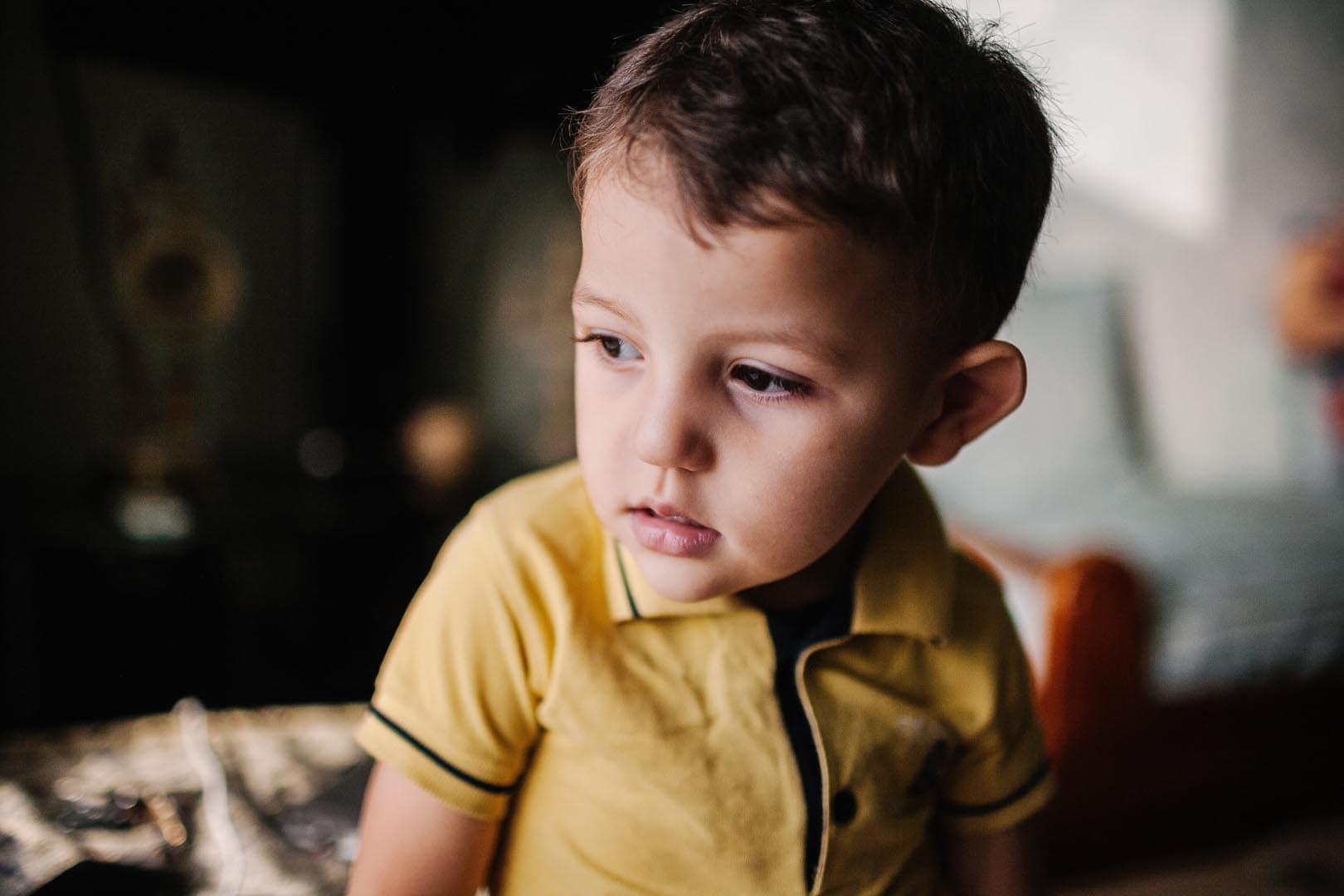Autism Overview
A diagnosis of Autism Spectrum Disorder (ASD) diagnosis in a child can be very difficult to accept and comprehend for family members. Feelings of desperation, depression, and helplessness are not uncommon. The first instinct parents generally have is to find a way to help their child by any means possible. It may seem unattainable in the beginning, but with the right information, tools, and timely interventions, children diagnosed with ASD can live a more complete and productive life.
With ASD, a child’s social and communicative skills are compromised due to a neurological disorder that affects the normal functions of the brain. The effect on a child diagnosed with autism spectrum disorder may vary in intensity from mild to severe depending on which spectrum of the disorder the child falls into. What is essential for the parent to know is that is a disorder, not a disease.
Autism is a spectrum disorder, meaning that no two children with autism will present the same symptoms or experience the same severity. Children with autism may begin to show symptoms of the disorder as early as 18 months old. The disorder manifests itself in differing intensities ranging from extreme retardation to extreme intelligence. Some children with ASD may be introverted and socially awkward or inept while others readily enjoy socializing.
With regard to helping a child with ASD, the goal is ultimately to help the child overcome his impairments in the following categories:
- Social development
- Self-help
- Reception and expression of language
- Aggressive behavior
- Tantrums
- Self-inflicted injuries
- Inability to handle change
As of 2011, there is no known single treatment for autism that is effective in all cases. Unlike other disabilities, the study of ASD is still in its infancy and the full nature of the disorder is not completely understood. Even the cause of autism remains a mystery. There are several theories surrounding the cause of the disorder, such as genetic anomalies or abnormalities, stress during pregnancy, and possible side effects caused by certain medications. However, none have been proven to be the root cause of autism.
Although there are no known cures for autism, there are non-medical approaches that have been scientifically proven to effectively improve the quality of life for some children diagnosed with ASD. Applied Behavioral Analysis or ABA is one of the only evidence-based treatments that have gained credibility in helping children with autism. The ABA approach employs a reward system to encourage and develop proper responses from children with autism.
Copyright © by Special Learning Inc. All right reserved.
No part of this article may be reproduced in any manner whatsoever without written permission except in the case of brief quotations embodied in critical articles and reviews. For information, contact Special Learning Inc., at: contact@special-learning.com








